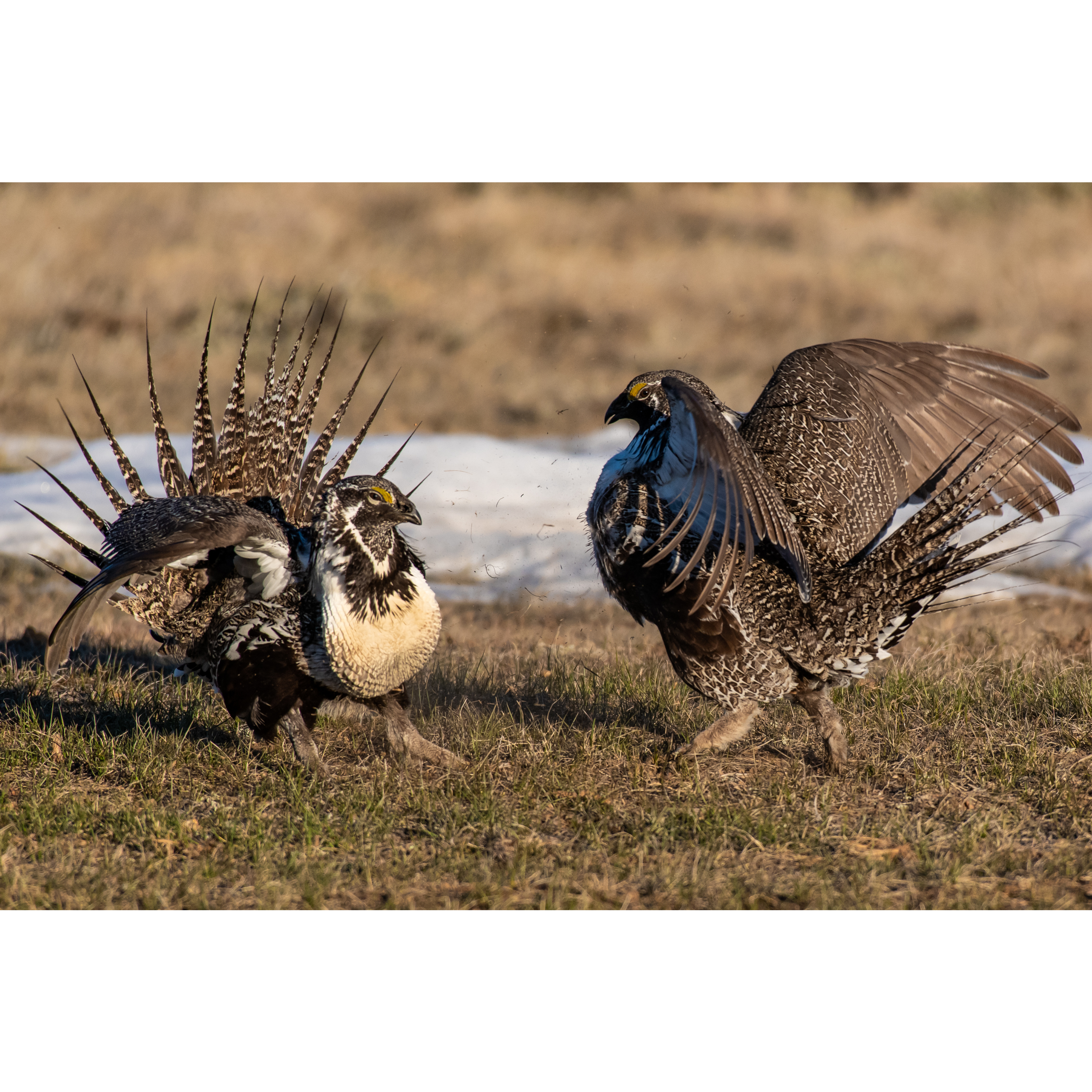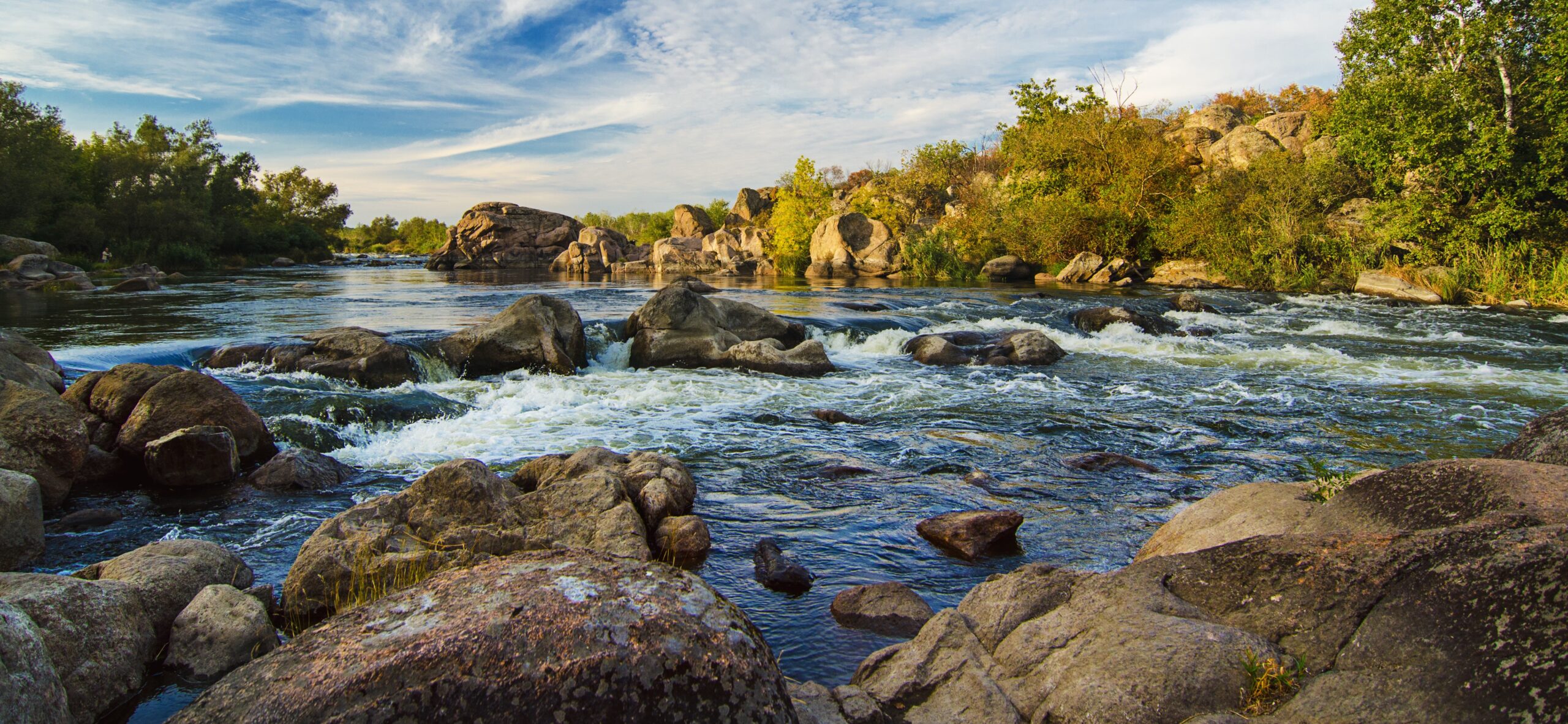
Issue Brief
Landowner Incentives for Endangered Species Conservation and Recovery
Overview
Over 60% of land in the United States is in private ownership. These lands support over two-thirds of the species listed under the Endangered Species Act, with 10% of listed species occurring only on private lands. Many landowners feel proud to have endangered species on their land, and are eager to steward and recover listed species and help prevent future listings. Options for supporting private landowners to engage in endangered species stewardship include management agreements, financial payments, and tax incentives.
Key Points
Key Point 1
Protecting America's undeveloped, privately held lands could push all of the country's endangered mammals, birds, amphibians, and reptiles past a crucial habitat threshold needed for their survival. (Nature)
Key Point 2
Over 75%of remaining wetlands and 80%of remaining grasslands in the United States are located on private land. (The Wildlife Society)
Policy Options
- Management Agreements:
- Kansas § 32-962: Allows the state to enter into prelisting conservation agreements, safe harbor agreements, and no take agreements with private landowners.
- Hawaii §195 D-21-23: Authorizes the creation of voluntary habitat conservation plans or safe harbor agreements and prohibits state agencies from imposing new requirements on a landowner who has entered such an agreement or plan.
- Financial payments:
- Oklahoma §29-3-312: Authorizes the Department of Wildlife Conservation to establish contracts with private landowners, including incentives, to encourage wildlife habitat conservation.
- Hawaii S.B.2472 / S.B.3162 (Introduced, 2024): Authorizes the creation of a conservation bank and conservation in-lieu mitigation program to enhance the recovery and survival of T & E species. Provides compensatory mitigation for projects where there are unavoidable impacts to T & E species.
- Tax incentives:
- North Carolina §105‑277.15: Creates the Wildlife Conservation Land Program which gives a tax break to landowners for conserving habitat for rare species.
- South Carolina §50-15-50: Requires the Department to create criteria for designating land as a certified management area for endangered species in order to qualify a taxpayer for an income tax credit.
- Washington § 84.36.255: Exempts improvements to real and personal property that benefit fish and wildlife habitat, water quality, or water quantity from taxation if the improvements are included in a plan approved by a conservation district.
- Colorado §39-22-522: Provides a tax credit incentive for up to 90 percent of the donated value of a landowner’s conservation easement.
- Vermont §32-3752: Establishes a “reserve forestland” category within the state’s property tax incentives under which qualifying parcels can be enrolled if the land is managed to attain older forest values and functions.

Empower State Environmental Champions
Your donation funds the fight for equitable actions that protect the environment and our health.
Donate